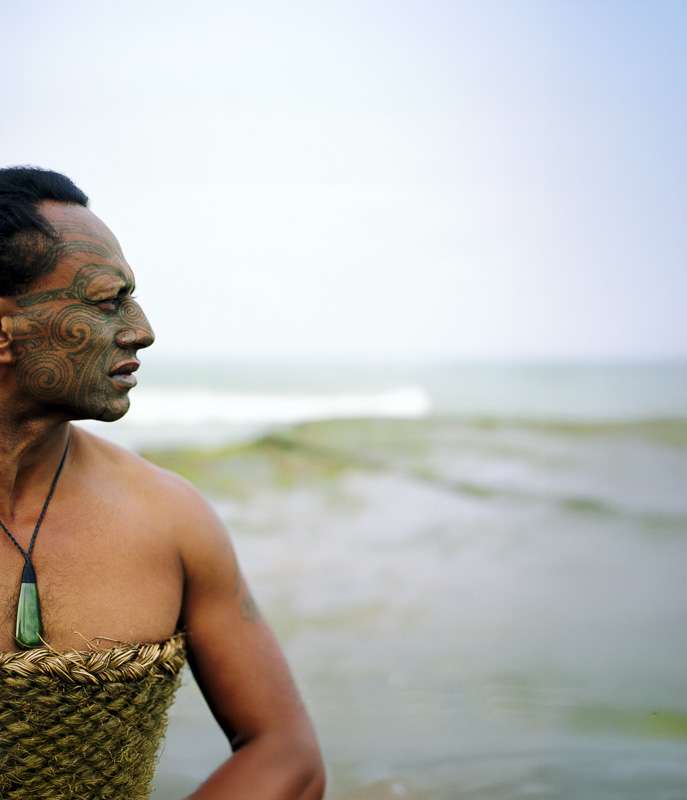Mānawatia a Matariki
by Metropol | June 11, 2025 8:30 am
Māori New Year is a time for reflecting, reconnecting, and looking to the stars.
As winter deepens in Canterbury, the rising of Matariki, which is the Māori name for the Pleiades star cluster, marks a significant and spiritual moment in Aotearoa’s calendar. Matariki 2025 is a time to reflect on the past, celebrate the present, and set intentions for the future. Following the Māori lunar calendar instead of the Gregorian calendar, Matariki’s dates change every year. In 2025, we celebrate Matariki from 19 to 22 June – the national public holiday falling on 20 June.
A cultural New Year
Matariki, the Māori New Year, or Te Mātahi o te Tau, begins with the midwinter appearance of nine visible stars in the pre-dawn sky, according to leading Māori astronomer Dr Rangi Matamua.
Each star holds a certain significance over our wellbeing and environment as seen from the Māori view of the world. They represent an element such as food, weather, and water. This year’s theme, Matariki and Water, acknowledges the importance of wai (water) in our lives, spiritually, physically, and environmentally. It highlights three of the nine Matariki cluster stars: Waitī (freshwater), Waitā (saltwater), and Waipuna-ā-rangi (rain).

Celebrations across the country
From dawn ceremonies and stargazing to storytelling, shared kai, and environmental cleanups, communities are marking Matariki with a renewed sense of connection. It’s also a chance to honour those who have passed, spend time with loved ones, and plan for the year ahead.
Great ways to celebrate Matariki
- Share a special meal with whānau and friends. For Māori kai recipes, go to matariki.co.nz and tepapa.govt.nz
- Light a candle to remember loved ones who have passed
- Plant a tree or do some gardening to honour the new year
- Write down your goals and intentions for the year ahead
- Attend local events such as kapa haka, storytelling,
or stargazing - Learn a new whakataukī (proverb) or waiata (song). Visit
matariki.twoa.ac.nz - Spend time in nature and reflect on the role of water in your life.
How to see Matariki
Rise early and look east to see Matariki. First, find Orion’s Belt (Tautoru), then trace left to a triangle of stars (Te Kokotā). Just beyond that lies
Matariki, shimmering with meaning and promise.
Did you know?
While Matariki is one of the closest star clusters to Earth, it is still 440 light-years away. It would take a car travelling at a speed of 100kph 4.8 billion years to arrive.

Source URL: https://metropol.co.nz/manawatia-a-matariki/